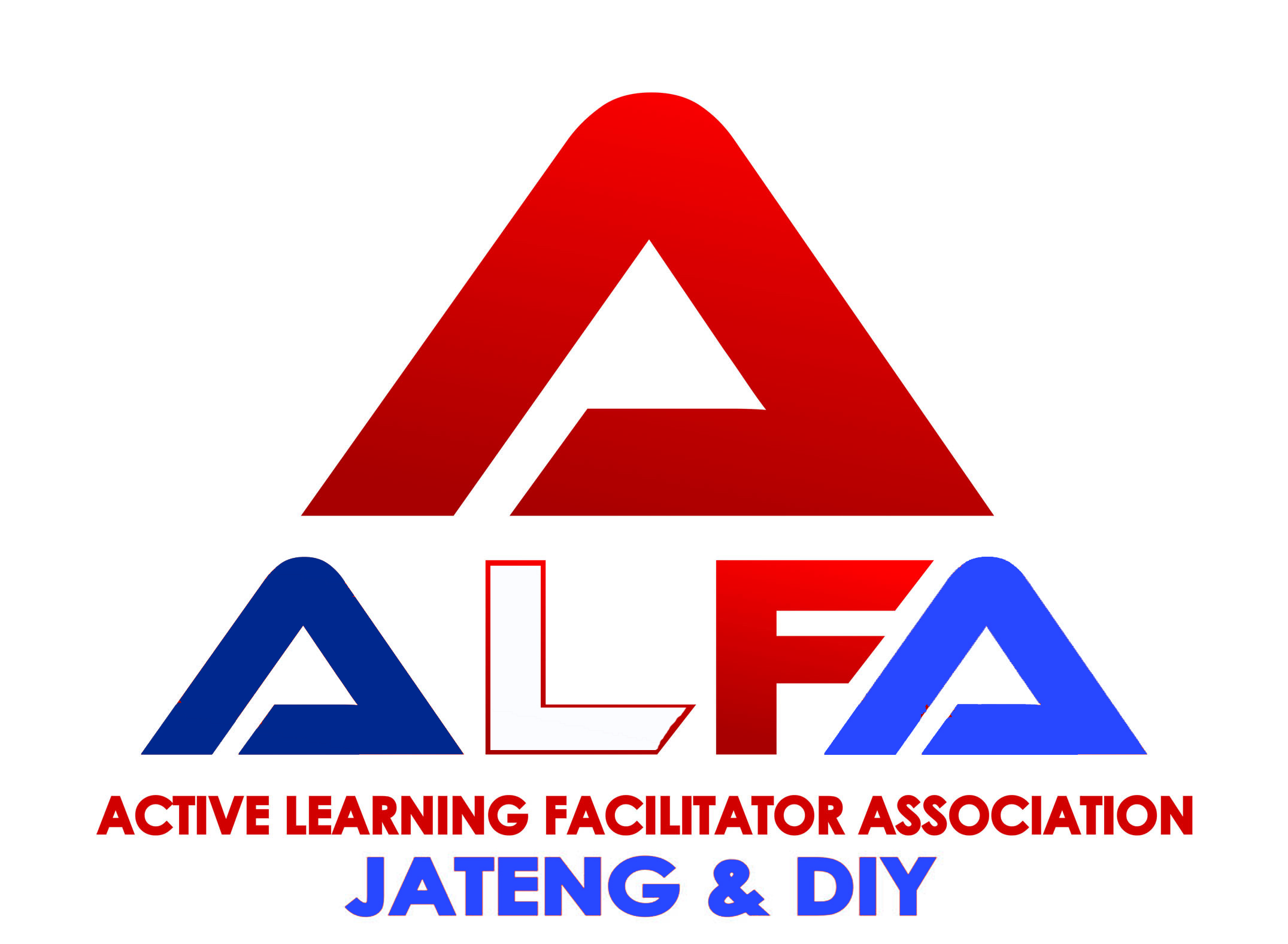Influence of Project-Based Learning Model that Aided Matrix Laboratory toward Creative Thinking Skills Viewed from College Student's Science Generic Skills
Abstract
This study aimed at anlyzing the influence of project-based learning that aided matrix laboratory toward college student’s creative thinking skills and the influence of science generic skills toward the relationship between project -based learning model that aided matrix laboratory and college student’s creative thinking skills. The method used in this research was pre-experiment method with design is one shot case study. Data analyzed by regression test with moderating variable. The Results of the analysis found that (1) there is the influence of project based learning model that aided matrix laboratory toward college student's creative thinking skills (44.3%); (2) there is the influence of science generic skills to the relationship between project-based learning model that aided matrix laboratory and college student’s creative thinking skills (28.6%). The science generic skills had been contributed to strengthen the relationship between project-based learning model that aided matrix laboratory and college students’s creative thinking skills.
Keywords: college students’s creative thinking skills, matrix laboratory, project-based learning model
Full Text:
PDFReferences
Abidin, Y. (2014). Desain sistem pembelajaran dalam konteks kurikulum 2013. Bandung: Refika Aditama.
Agustinaningsih, W., Sarwantom & Suparmi. (2013). Pengembangan instruksi praktikum berbasis keterampilan generik sains pada pembelajaran Fisika materi teori kinetik gas kelas XI IPA SMA Negeri 8 Surakarta Tahun Ajaran 2012/2013. Jurnal Inkuiri, 2(1), 25-61.
Awang, H., & Ramly, I. (2008). Creative thinking skill approach through problem-based learning: Pedagogy and practice in the engineering classroom. International journal of human and social sciences, 3(1), 18-23.
Balamuralithara, B., & Woods, P. C. (2009). Virtual laboratories in engineering education: The simulation lab and remote lab. Computer Applications in Engineering Education, 17(1), 108-118.
Blomhøj, M., & Jensen, T. H. (2003). Developing mathematical modelling competence: Conceptual clarification and educational planning. Teaching mathematics and its applications, 22(3), 123-139.
Bawden, D. (2001). Information and digital literacies: a review of concepts. Journal of documentation, 57(2), 218-259.
Bell, S. (2010). Project-based learning for the 21st century: Skills for the future. The Clearing House, 83(2), 39-43.
Duval, R. (1999). Representation, Vision and Visualization: Cognitive Functions in Mathematical Thinking. Basic Issues for Learning.
Earle, R. S. (2002). The integration of instructional technology into public education: Promises and challenges. Educational Technology, 42(1), 5-13.
Efstratia, D. (2014). Experiential education through project based learning. Procedia-social and behavioral sciences, 152, 1256-1260.
Gan, W. S. (2002). Teaching and learning the hows and whys of real-time digital signal processing. IEEE Transactions on Education, 45(4), 336-343.
Gay, L.R., Wills.G., Araisan. P.W. (2012). Educational research: competencies for analysis and aplication. USA: Pearson Education, Inc.
Kassim, H. (2013). The relationship between learning styles, creative thinking performance and multimedia learning materials. Procedia-Social and Behavioral Sciences, 97, 229-237.
Kemendikbud. (2015). Materi Pelatihan Guru Implementasi Kurikulum 2013 Tahun 2015 SMA/SMK Mata Pelajaran Fisika. Jakarta: Puskur Balitbang Depdiknas.
Liu, H., Tang, M., & Frazer, J. H. (2004). Supporting creative design in a visual evolutionary computing environment. Advances in Engineering Software, 35(5), 261-271.
Livingstone, S. (2004). Media literacy and the challenge of new information and communication technologies. The Communication Review, 7(1), 3-14.
Melllor, C. (2010). Teaching Physics with MATLAB through project-based learning, retrieved from https://www.mathworks.com/academia/courseware/teaching-physics-with-matlab.html.
Mioduser, D., & Betzer, N. (2008). The contribution of Project-based-learning to high-achievers’ acquisition of technological knowledge and skills. International Journal of technology and design education, 18(1), 59-77.
Nasir, M. (2015). Pengaruh LKS ITGS terhadap hasil belajar siswa ditinjau dari motivasi berprestasi di SMAN 1 Aikmel. JPIPA, 1(1), 78-79.
Pithers, R. T., & Soden, R. (2000). Critical thinking in education: A review. Educational research, 42(3), 237-249.
Saha, D., & Mukherjee, A. (2003). Pervasive computing: a paradigm for the 21st century. Computer, (3), 25-31.
Sart, G. (2014). The effects of the development of metacognition on project-based learning. Procedia-Social and Behavioral Sciences, 152, 131-136.
Sanjaya, M. (2013). Komputasi Fisika untuk sains dan teknik menggunakan matlab. Yogyakarta: Andi.
Sudarmin. (2007). Pembekalan keterampilan generik kimia organik bagi calon guru. Disertasi. Bandung. Universitas Pendidikan Indonesia.
Susanti, S.N., Suyatna, A., & Rosidin, U. (2013). Pengembangan LKS berbasis keterampilan generik sains. Jurnal Pembelajaran Fisika, 1(2), 1-10.
Sternberg, R. J., & Lubart, T. I. (1999). The concept of creativity: Prospects and paradigms. Handbook of creativity, 1, 3-15.
Topalli, D., & Cagiltay, N. E. (2018). Improving programming skills in engineering education through problem-based game projects with Scratch. Computers & Education, 120, 64-74.
Xue, P., Fu, G., & Zhang, D. (2016). Comprehensive physics-based compact model for fast pin diode using MATLAB and Simulink. Solid-State Electronics, 121, 1-11.
Wals, A. E., & Jickling, B. (2002). “Sustainability” in higher education: From doublethink and newspeak to critical thinking and meaningful learning. International Journal of Sustainability in Higher Education, 3(3), 221-232.
Wheeler, S., Waite, S. J., & Bromfield, C. (2002). Promoting creative thinking through the use of ICT. Journal of Computer Assisted Learning, 18(3), 367-378.
DOI: https://doi.org/10.31002/ijose.v2i2.779
Refbacks
- There are currently no refbacks.
Copyright (c) 2018








